From The New Scientist, July 14, 2010
Malaria, the killer that won’t go away
By Martin de Smet
FIFTEEN years ago when, as a doctor, I treated people in Rwanda, we relied on presumptive diagnosis – anyone with a fever was treated for malaria. A great deal of progress has been made since then on the complex issues of diagnosing malaria, drug resistance and access to care. Nonetheless, in this raw and vivid account, Sonia Shah gives an alarmingly accurate picture of how basic practices like presumptive diagnosis still endure. In too many countries malaria is viewed with little more seriousness than the common cold, not as a public health crisis that kills close to a million people each year.
Malaria has been around for centuries, and Shah presents a fascinating history of how it played a major role in significant historical turning points, from the collapse of the Roman Empire to the Vietnam war, when the disease sometimes put more soldiers out of action than the enemy did. Shah’s lucid account of how malaria spreads will give non-experts a fascinating glimpse into parasite biology and what drug resistance means in practice.
Sadly, nearly all the challenges that malaria posed in the past are still recognisable today. Malaria leads to poverty and poverty leads to malaria. The logical conclusion, that malaria treatment should be free, is still absent in many countries where the disease is endemic.
Shah examines the resistance to insecticides and antimalarial drugs that continues to impede progress, including today’s horrific situation in which resistance is emerging to the most powerful weapon we have – artemisinin combination therapies. As Shah explains, treatment based on combination therapies can avoid a rapid surge in drug resistance, yet their efficacy is being threatened by profit-driven sales of artemisinin on its own, and by substandard drugs.
Everyone – politicians, donors, research institutes, lobby groups and the pharmaceutical industry – has their own agenda when it comes to malaria. Shah’s examination explores them all.
The Fever is a mine of information, drawing on diverse accounts from medical experts and field workers. This is an important book on the historical lessons we must not forget and the mistakes we are still making today in the battle against what remains a formidable killer.
Martin de Smet is the leader of the malaria working group at Médecins Sans Frontières
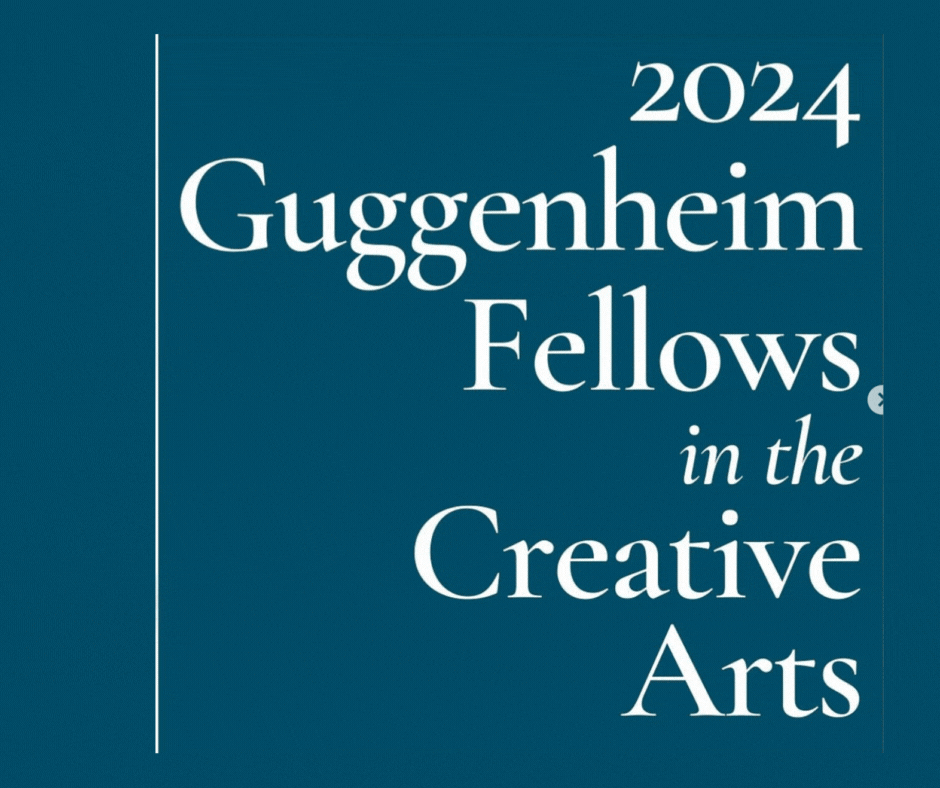


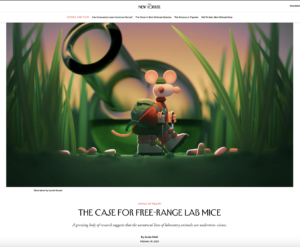
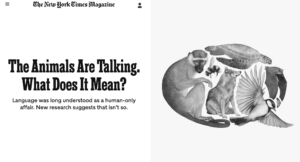
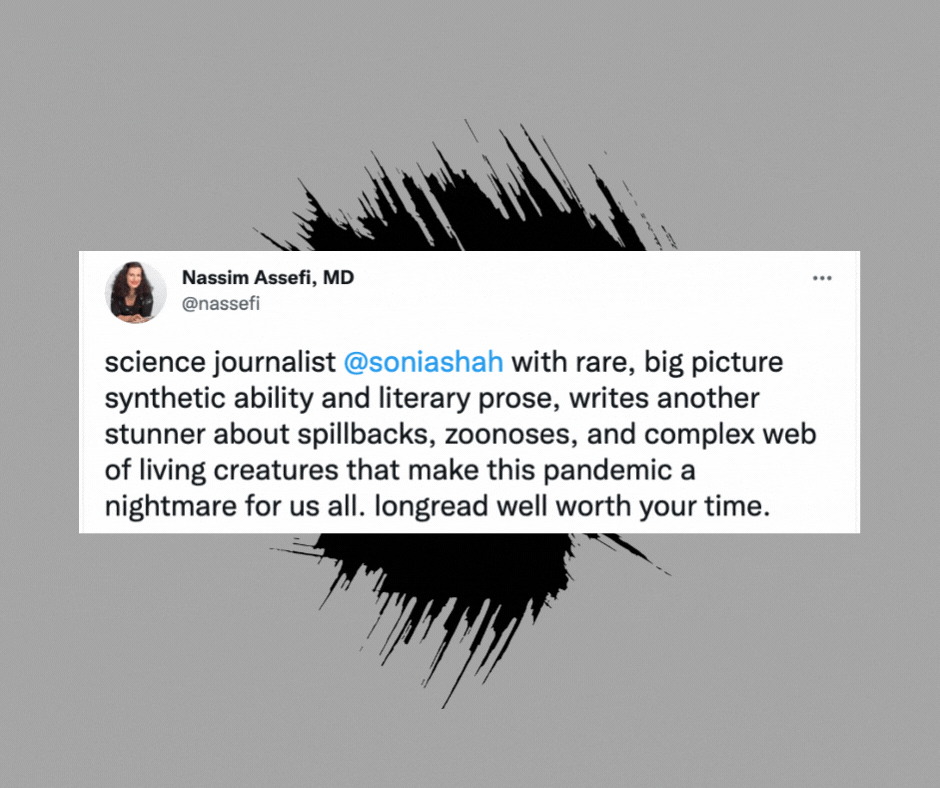
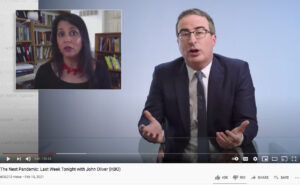
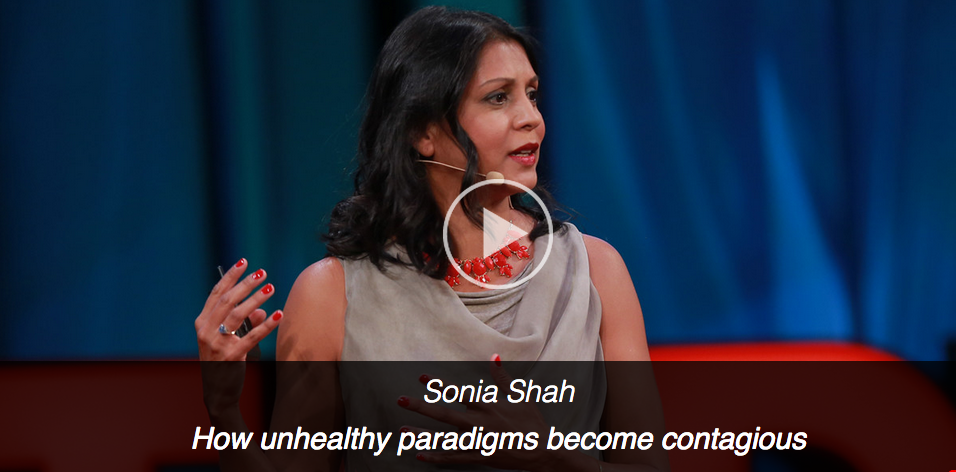
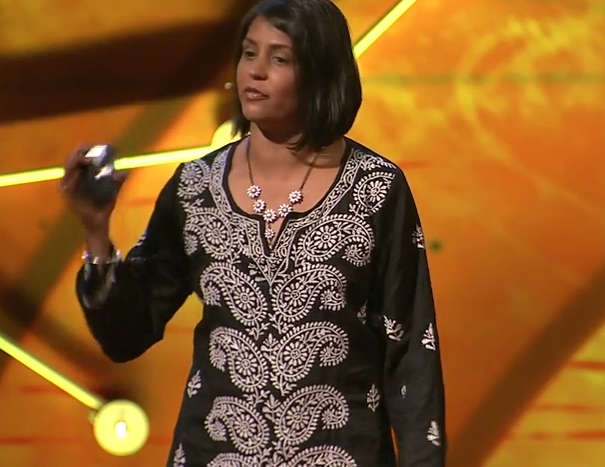




Leave a Reply